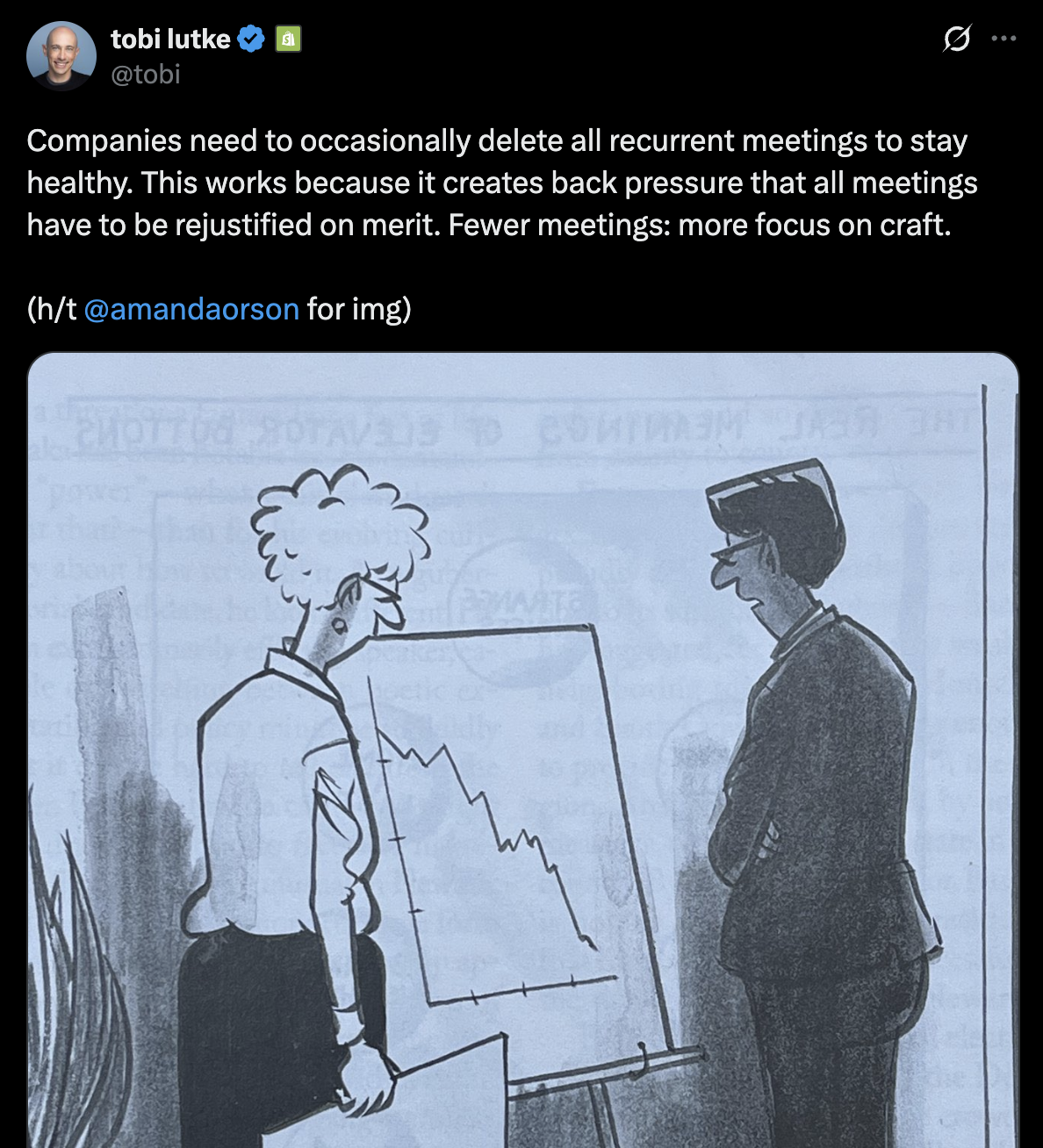How Engineers Can Run Efficient Meetings and Avoid Wasted Time
June 12, 2025
In our earlier article Senior Engineer Thinking Skills: Meeting Questions and Reflection, we explored what questions senior engineers should ask during meetings. This article takes a different approach: How do you run efficient meetings when you're the one in charge?
Leading meetings becomes essential as engineers advance to senior roles. You'll need this skill especially when you become a team or technical leader. At that point, you'll regularly guide technical design discussions. If you've struggled with meeting leadership, this guide offers practical methods you can implement immediately.
Pre-Meeting Preparation
Many people only think about what happens during a meeting, but successful meetings require careful preparation. Here are the key areas to consider before your next meeting.
Define Clear Meeting Objectives
The most important step is defining a clear objective. Without one, participants won't know what they're discussing. This causes most ineffective meetings.
Test your objective with this question: "What do I want to change through this meeting?" Write down the specific difference between having the meeting and not having it. For example, before the meeting your team doesn't know which database to use, but after the meeting your team agrees on a specific database tool for your new service.
Different objectives need different approaches. You can't use the same method for all meetings. If you want to make a decision but run a brainstorming session, you'll likely end without a decision. Conversely, if you want to generate ideas but someone keeps demanding conclusions, you'll limit creative thinking.
Understanding these 4 common meeting types will help you choose the right approach.
Information Sharing meetings focus on sharing updates with minimal discussion. Company all-hands meetings and sprint demos fall into this category. Success means everyone learns something new they didn't know before.
Relationship Building meetings help people connect and build trust. Team lunches and cross-team coffee chats are good examples. Success means participants feel more comfortable working together afterward.
Brainstorming meetings generate many ideas without judgment. When you ask "How can we improve our deployment process?", you're running this type of meeting. Success means the group has more ideas than when they started.
Decision-Making meetings choose a specific path forward. "Should we use React or Vue for our new frontend?" is a decision-making question. Success means everyone knows the decision and can move forward.
Engineers most often lead brainstorming and decision-making meetings. Technical design discussions need both types. First, you gather different perspectives. Then, you need to decide on the final approach. These meetings work very differently, so you need different techniques for each.
Confirm the Meeting is Necessary
Before scheduling any meeting, ask yourself two questions: "Is this meeting really necessary?" and "Are all attendees truly needed?"
Every meeting has a cost. If 8 people attend a 1-hour meeting, that's 8 hours of work time. As a senior engineer, you should protect your team's time.
Skip the meeting entirely if the information could be shared via email or Slack, if only one person needs to make the decision, or if the problem can be solved with a 5-minute conversation.
Remove attendees who are only there "just in case", who don't need to participate in the discussion, or who can simply read the meeting notes afterward. If your meeting objective isn't clear, don't schedule it yet. Clarify the purpose first.
Shopify founder and CEO Tobi Lutke once posted about this issue. His conclusion: fewer meetings mean more time to focus on doing work well. His original statement was: "Companies need to occasionally delete all recurrent meetings to stay healthy. This works because it creates back pressure that all meetings have to be rejustified on merit. Fewer meetings: more focus on craft."

Keep Meeting Duration Reasonable
Long meetings encourage waste. When you schedule too much time, people fill it with unnecessary discussion.
Consider the math: a 1-hour meeting that could take 30 minutes with 10 attendees equals 5 hours of wasted productivity. The waste multiplies with more participants.
To right-size meetings, estimate the minimum time needed, then schedule 25% less time than you think. Use shorter blocks like 15, 30, or 45 minutes instead of full hours.
Shorter meetings force focus on core issues, reduce tangential discussions, and give you permission to interrupt by saying "We have 10 minutes left, let's decide on the main point." People work faster when they know time is limited, and this constraint actually improves decision-making.
Support ExplainThis
If you found this content valuable, please consider supporting our work with a one-time donation of whatever amount feels right to you through this Buy Me a Coffee page.
Creating in-depth technical content takes significant time. Your support helps us continue producing high-quality educational content accessible to everyone.
